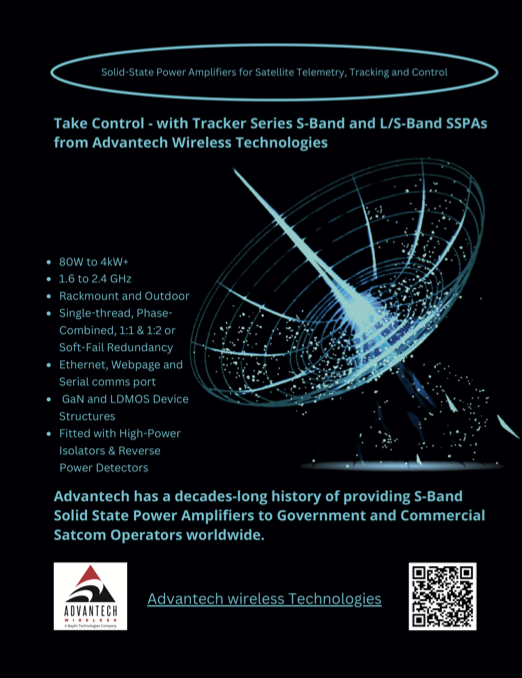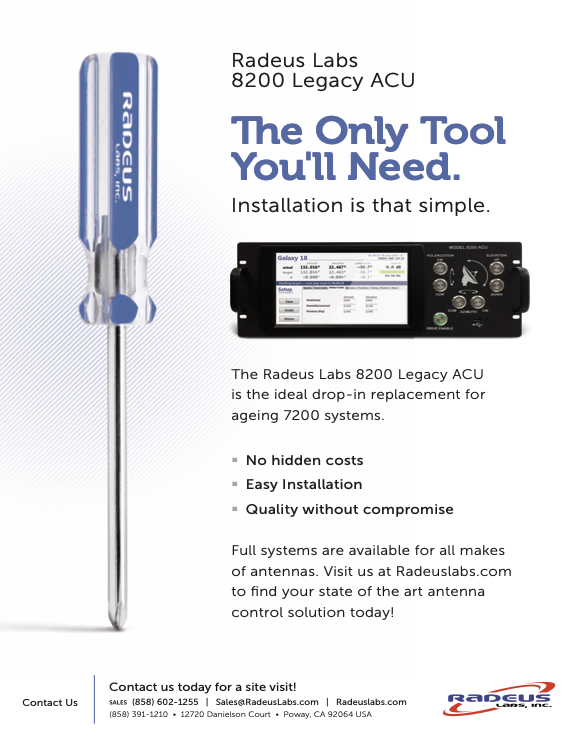RTX’s Blue Canyon Technologies intros a new reaction wheel
RTX’s (NYSE: RTX) small satellite manufacturer and mission services provider, Blue Canyon Technologies, introduces its largest reaction wheel to date, the RW16 reaction wheel. A reaction wheel is a motor-driven flywheel that enables attitude control by applying torque to a spacecraft without the need for external propulsion. The new RW16 reaction wheel offers 16 Newton-meter seconds of momentum, providing low-jitter attitude control for spacecraft 400 kg and larger. The RW16’s higher momentum allows torque to be commanded for longer durations enabling larger spacecraft to take advantage of this technology or augmenting existing spacecraft to support larger or even multiple payloads.
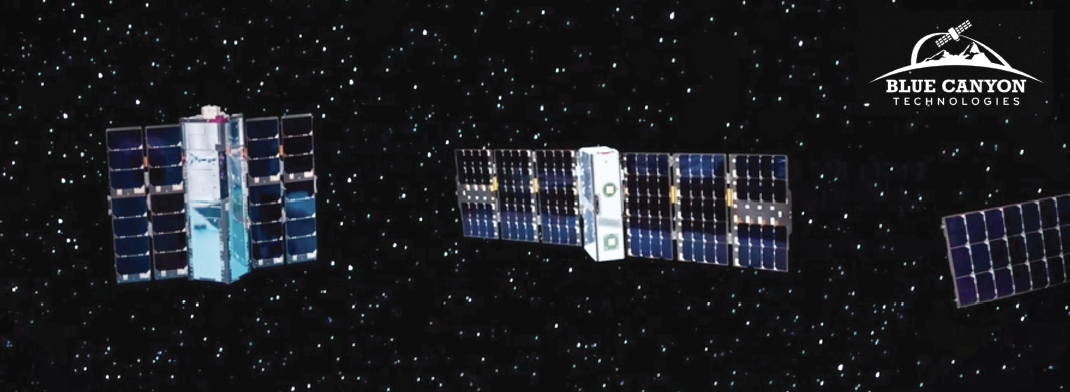
“Blue Canyon was founded to enable missions that otherwise wouldn’t be possible because of the price point and long schedules,” said Chris Winslett, general manager of Blue Canyon Technologies. “Our new reaction wheel provides exceptional dependability at a value that makes sense for our customers, paving the way for the design and production of larger, more advanced spacecraft.”
More than 800 Blue Canyon reaction wheels have launched, many operating on the 70-plus spacecraft built by Blue Canyon. Each reaction wheel features an advanced lubrication system for long life, a built-in vibration isolation system for ultra-low disturbance, and a state-of-the-art digital control system for exquisite torque and momentum accuracy.
The company’s suite of reaction wheels has supported successful missions in dynamic environments and in multiple orbital classifications, including interplanetary journeys, demonstrating on-orbit operation for more than eight years.
About Blue Canyon Technologies Blue Canyon Technologies, RTX’s small satellite manufacturer and mission services provider, offers a diverse portfolio of innovative, reliable and affordable spacecraft and components that enable a broad range of missions and technological advancements for the new space economy. The company currently supports numerous unique missions with more than 160 spacecraft orders.
GomSpace adds space traffic management from Neuraspace to its HOOP satellite operations platform
GomSpace has partnered with Neuraspace to add their space traffic management to its hands-off operations platform (HOOP) for satellite operators.
The partnership also showcases that Neuraspace’s AI-based space traffic management, in addition to enabling operators to directly monitor their assets in orbit and pre-launch screening for rocket starts is ideally suited to be integrated into other service platforms.
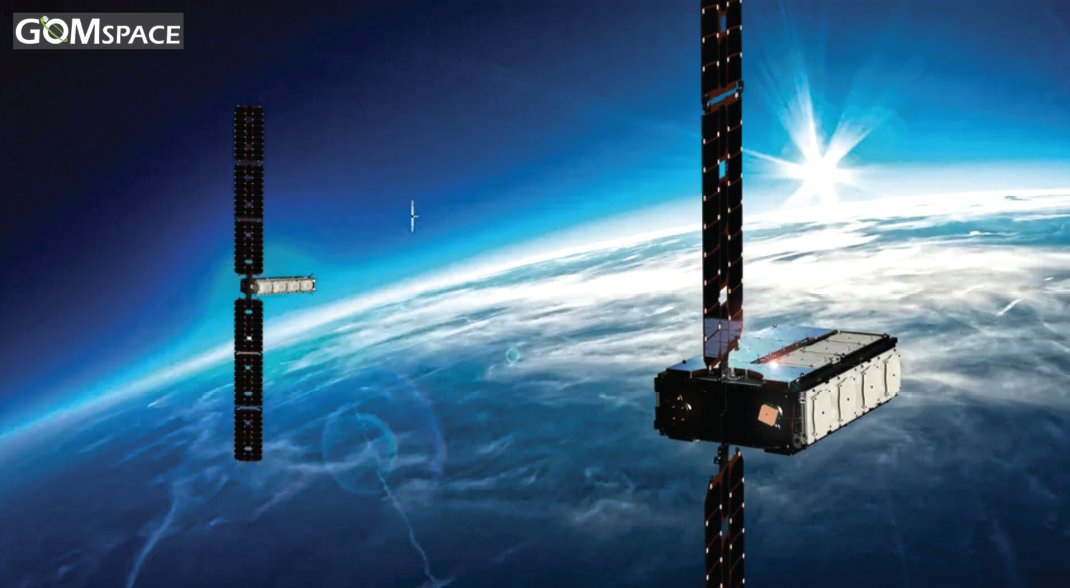
HOOP is an advanced satellite operations platform built for automation, scalability and flexibility. Through it, customers can grow their business from the first satellite to a global constellation without having to invest in the operational infrastructure or needing to know how to operate them or care for the day-to-day operations.
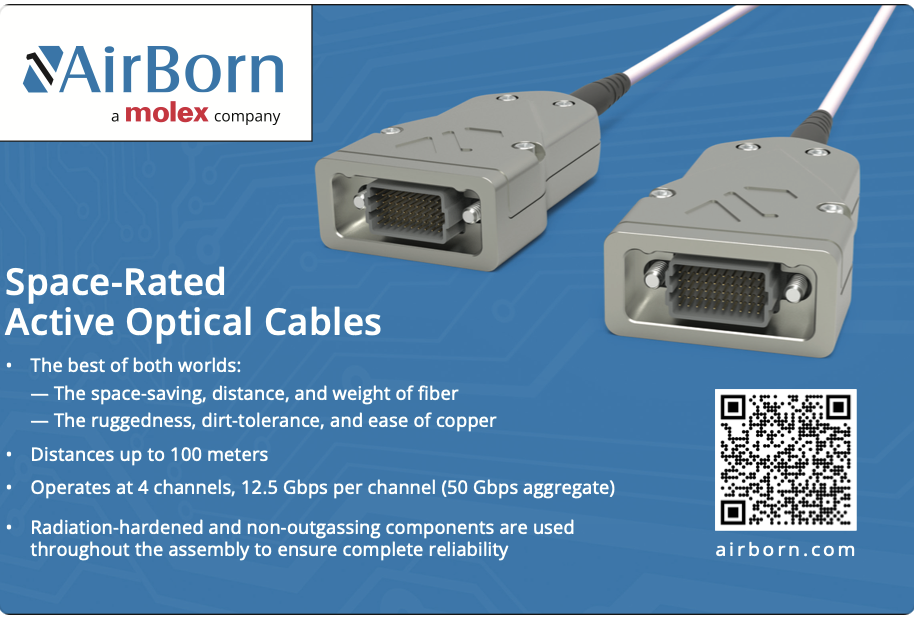
GomSpace customers will also benefit from Neuraspace STM platform by receiving automated conjunctions alerts, in-depth analysis and collision avoidance manoeuvre suggestions. This degree of automation saves human conjunction screening time and effort and as a result costs. Knowing if and when to manoeuvre also reduces fuel and costly down time.
“Neuraspace is one of the leading providers of space traffic management and automation solutions, perfectly matched to enhance our HOOP platform,” said Carsten Drachmann, CEO of GomSpace. “Being able to track objects, analyse their movement and provide collision alerts as well as manoeuvre suggestions is vital due to the growing risk stemming from debris and increased orbital traffic.”
Chiara Manfletti, CEO of Neuraspace, said, “This partnership marks a significant step in Neuraspace’s expansion within the industry. We have already proven that our STM platform based on artificial intelligence and machine learning is highly valuable to spacecraft owners. The integration into GomSpace’s HOOP platform opens another commercial avenue for us.”
The collaboration is also part of both parties’ ongoing efforts to implement their commitments to develop sustainable space flight activities before 2030 under ESAs Zero Debris Charter, signed by both GomSpace and Neuraspace.
Creotech Instruments secures a 52 million euros contract with ESA for the CAMILA constellation Creotech
Instruments SA has signed the largest contract with the European Space Agency (ESA), a landmark 52 million euros contract for the CAMILA (Country Awareness Mission in Land Analysis) satellite constellation.
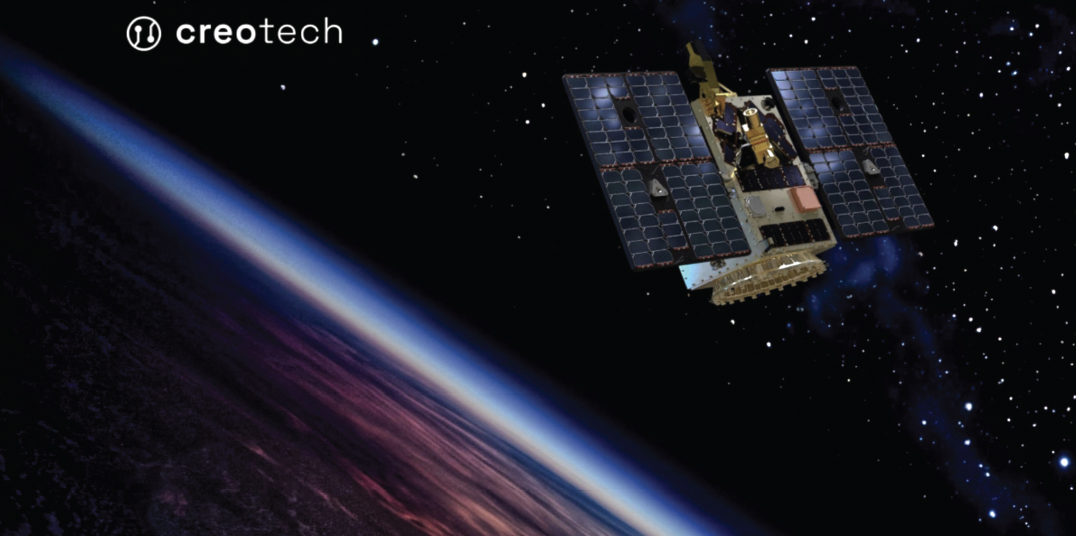
Under the contract, Creotech Instruments will provide a national constellation of at least three EO satellites along with dedicated ground infrastructure. The contract also includes satellite launch services and the conduct of full-scale missions.
This is a significant milestone for Poland’s rapidly growing space sector asa well as for Europe’s strategic autonomy in satellite technology.
In the CAMILA project, Creotech Instruments serves as the prime contractor for a system that will be comprised of three observation satellites and the ground segment for satellite control and data processing.
The company will execute the project in partnership with leading Polish space sector subcontractors that possess extensive experience in working with ESA.
The CAMILA constellation was commissioned by the Ministry of Development and Technology, with ESA selected to manage the tender process. This project will run from April of 2025 to December of 2027.
Signed on 15th, the contract covers the development of three satellites: a radar satellite, a high-resolution optical satellite, and a lower-resolution optical satellite.
The CAMILA program also provides for several additional options that may further increase the final contract value. These include the delivery of a fourth satellite and on-orbit servicing of the constellation.
Of the total 52 million euros project value, nearly 26 million euros will be allocated to Creotech Instruments. The balance will go to subcontractors Creotech Instruments plans to engage for the project. Contracts with these partners will be signed in the coming days.
Among them are several leading companies from the Polish space sector.
CloudFerro S.A. (Warsaw) will provide ground segment services, including satellite data reception and delivery of processed data to end users via its Polish cloud infrastructure.
Eycore Sp. z o.o. (Warsaw) will be responsible for developing the space radar system; the company specializes in the manufacture and sale of satellites and SAR (Synthetic Aperture Radar) technologies.
GMV Innovating Solutions Sp. z o.o. will deliver the integrated Flight Operations System, comprising specialized software for satellite control and hardware for operator stations.
KP Labs Sp. z o.o. (Gliwice) will provide a high-performance Data Processing Unit (DPU), along with software, compression algorithms, and an EGSE test system.
Scanway S.A. (Wrocław) will prepare and deliver complete EO instruments (telescopes) for integration into at least two optical satellites.
The knowledge and experience gained through this project will directly enhance Poland’s national security and autonomy in terms of space technology. Furthermore, the project will elevate Poland’s presence in the European space market as well as lead to the full integration of Polish companies into key European supply chains for small satellite systems.
According to ESA, the winning solution consists of more than 90% Polish-developed technology, with both intellectual property and legal rights remaining within Poland. Many of these systems have already been tested in space during the EagleEye test mission conducted by Creotech Instruments in 2024.
The implementation of such an ambitious program as CAMILA is made possible by the strategic decisions of the Polish government to support the domestic space sector. Programs such as CAMILA, MIKROGLOB, and the upcoming spaceflight of Polish astronaut Sławosz Uznański-Wiśniewski to the International Space Station in May of 2025 are the direct outcome of this commitment.
The CAMILA project represents the third advanced EO satellite constellation ordered by the Republic of Poland. Following the earlier order of the POLEOS system from Airbus Defence & Space France and Creotech Instruments’ contract with the Armament Agency to deliver four observation satellites for the Polish military under the MIKROGLOB program, the three-satellite CAMILA constellation will mark another significant step toward building independent Polish space capabilities.
In December of 2024, Creotech Instruments signed a contract with the State Treasury’s Armament Agency to supply the Satellite Earth Observation System under the MIKROGLOB program with a record value of PLN 453m net, the largest in the history of Poland’s space sector. This contract includes the delivery of four microsatellites based on the company’s HyperSat platform under development for the Polish defense sector.
In March of 2025, Creotech completed the crucial second phase of this program, Phase B2, which involved the development and transfer of complete design documentation, for which the company received PLN 20.53 million net.
Beyond CAMILA and MIKROGLOB, Creotech continues to develop other ambitious missions. These include a mission to place a satellite in lunar orbit and build six scientific satellites to study plasma in space together with ESA, and a mission to test on-orbit refueling and a robotic project aimed at capturing objects in space together with Germany’s OHB. All these missions are being developed based on the standards and solutions created for the EagleEye mission using the HyperSat satellite platform.
“This agreement is another milestone of similar scale, fulfilling the vision we set a decade ago,” said Grzegorz Brona, CEO of Creotech Instruments S.A. “CAMILA is a project of strategic importance, both for Creotech Instruments and the entire European space sector. It attests to our technological maturity and ability to deliver advanced satellite missions. It also demonstrates the deep trust in our business model and the Polish-built HyperSat platform we have been developing over the past years. We are honored to take on this responsibility and sincerely thank ESA for their confidence.”
creotech.pl
New Novaspace report—inside the $320 billion opportunity to connect the unconnected
Novaspace has released the third edition of Universal Broadband Access, highlighting satellite’s unique role in expanding global connectivity.
 As of 2024, satellite broadband services can reach more than 780 million people—unlocking an addressable market opportunity of over $320 billion through 2033. In 2024, more than 2.6 billion people remain offline (about one-third of the global population). Most live within mobile broadband coverage but stay unconnected due to cost, limited digital skills, and low awareness. As satellites become more affordable and flexible, it’s helping reach those still left out, especially in areas where traditional networks have stalled.
As of 2024, satellite broadband services can reach more than 780 million people—unlocking an addressable market opportunity of over $320 billion through 2033. In 2024, more than 2.6 billion people remain offline (about one-third of the global population). Most live within mobile broadband coverage but stay unconnected due to cost, limited digital skills, and low awareness. As satellites become more affordable and flexible, it’s helping reach those still left out, especially in areas where traditional networks have stalled.
The shift is already underway. Between 2021 and 2024, the number of satellite broadband users doubled to 100 million, spurred by the rise of NGSO constellations, including successful platforms like Starlink. Prices for satellite capacity have fallen by 90% in markets concentrated with high-throughput satellite capacity, enabling more accessible pricing and broader adoption.
Looking ahead, satellite’s addressable market is expected to remain between 650–750 million users through 2033, driven increasingly by people living in underserved areas with inadequate terrestrial connectivity. With breakthroughs in software-defined systems, AI-assisted networking, and direct-to-device capabilities, satellites are set to play a foundational role in global digital inclusion.
The report includes direct-to-device service timelines, Starlink subscriber and pricing analysis, updated national broadband strategies, and a premium database of active Universal Access programs.



